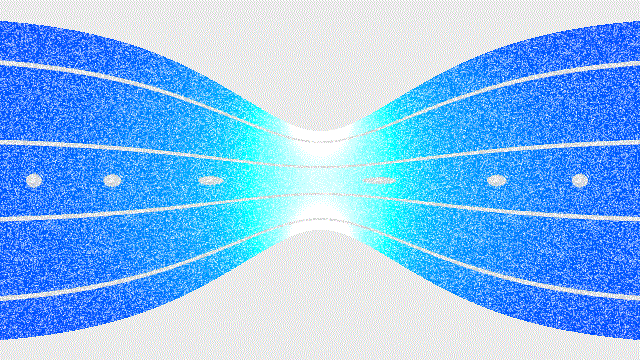Add a new page:
This is an old revision of the document!
$\color{blue}{\frac{\partial \rho}{\partial t}} + \color{magenta}{\rho \vec \nabla \vec v} = \color{red}{\sigma} $
The continuity equation states that the $\color{red}{\text{total amount of a quantity (like water) that is produced (or destroyed) inside some volume}}$ is proportional to the $\color{blue}{\text{change of the quantity}}$ plus the $\color{magenta}{\text{total amount that flows in minus the amount that flows out of the volume}}$.
Or formulated differently, the total $\color{blue}{\text{change of some quantity}}$ is equal to the $\color{red}{\text{amount that gets produced}}$ plus the amount that $\color{magenta}{\text{flows in minus the amount that flows out of the volume}}$.

If we are dealing with a conserved quantity, like energy or electric charge, the total amount that is produced or destroyed is exactly zero.
Whenever a system possesses some symmetry we know from Noether's theorem that some corresponding quantity is conserved. Using Noether's theorem, we can then also derive the corresponding continuity equation that describes how the conserved quantity flows through the system.
In general, continuity equations can be derived by using Noether's theorem.
A continuity equation is important whenever we are dealing with a system where some quantity is conserved. The continuity helps us to keep track how the conserved quantity moves through the system.
Important examples are